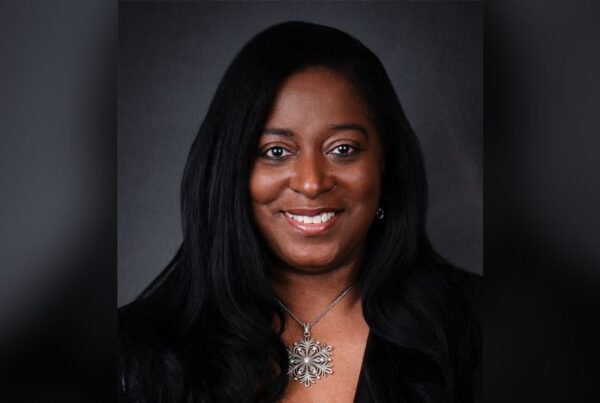Assessing the impact of digitisation on talent attraction and retention

It was an “entrepreneurial itch” that led CEO Andy Moss (pictured) and his two co-founders – Ben Huckel and Matt McGrillis – to strike out on their own and set up Send in 2019. That initial spark has since fanned into a flame that has seen the insurtech go from strength to strength, underpinned by a fast-growing team and favourable market conditions that are seeing clients embrace innovation in underwriting.
Building a technology company to serve the pre-bind insurance space has been an incredible journey to date, he said, and one which has required every ounce of software and technology expertise he and his co-founders obtained through their 20-plus years of serving the London market. Supporting and enabling the underwriting side of the insurance lifecycle brings great variety, he said, and it’s a spark unlikely to fade given the fast pace of evolution being seen across the insurance ecosystem.
“You’ll hear it a lot from companies that have grown like us, but we’ve been very lucky along the way to have some great people throw their weight behind us,” he said. “Our customer base wanted to see something different in the market and wanted to encourage some plucky, smaller company to do that something different. The state of the market as set by the larger incumbent software vendors has been a real catalyst for our success.”
Understanding the evolution of technology in underwriting
Assessing how the role of technology in underwriting has changed, Moss noted that he came to insurance from a role as a software developer at the BBC. When his eldest child was born, he said, he looked for a job locally – and so joined the ranks of his peers by falling into insurance and never looking to fall out of it. Over the next two decades, he dipped in and out of the underwriting side but when he came to co-found Send, he realised how much data and information had evolved.
“Over 20 years, insurance has evolved from being one of the last paper-based industries to really embrace digitisation,” he said. “And through that journey, the amount of information has stayed the same but the amount of data used in underwriting just increases year-on-year. The availability of data sources accessible to make a decision about a risk today, compared to 10 or 20 years ago, is incredible.
“There’s data for every variable you might want to cover these days. The volume of data has gone up massively which presents a real opportunity. But I think most insurers are lagging behind when it comes to leveraging that data because they’re still working on spreadsheets and email, and they haven’t yet got the right technology in place to really support their underwriting.”
How increased digitisation is impacting the future of insurance talent
An overloked consideration when evaluating the rise of digitisation and its impact on the market is the impact this is having on the ability of insurance businesses to attract and retain the right talent to future-proof their organisations and the wider industry. If you look at the types of roles being advertised by insurers these days, he said, you’ll say there’s a lot more breadth in terms of the skills companies are looking for, and the roles they’re hiring for.
“There’s a lot more roles around data science and integration and APIs and connecting systems together, which is all part of the journey,” he said. “So, there’s a lot more data and technology roles. And certainly, when we talk to some of our customers about how they look at attracting underwriting talent, they want underwriters who are tech-savvy and who want to use technology. Our customers recognise that good data at the underwriting stage leads to better outcomes in terms of portfolio performance and they want the people who are buying into that link. They want people who see data as an advantage and not as a burden.”
Taking a tech-first approach to building a talent pipeline
For Send itself, Moss said, it’s clear that its tech-first approach is a key differentiator when it comes to the firm being able to attract top talent. Making the insurtech an employer of choice is a key area of focus for the team, as demonstrated by its appointment of Pat Caldwell as chief people officer after its most recent funding round.
Having the right culture, performance focus, remuneration packages and a healthy emphasis on diversity and inclusion are all critical to this, he said, because this is what talented individuals want from their place of work. This is especially relevant if you’re trying to attract new blood into an industry like insurance because it might not be what they were expecting from the insurance industry. Send is looking to really set itself apart from software incumbents by offering a new face to the insurance proposition.
“We’re trying to bring the startup feel that we have among our people to a wider audience,” he said. “And it currently isn’t all that prevalent in the insurance market. If you go into the fintech space or property-tech etc. there’s lots of industries that are chock full of startups and probably have a lot more maturity in terms of using technology. But it’s all part of that journey and we’re well on our way.”
Related Stories
Keep up with the latest news and events
Join our mailing list, it’s free!

This page requires JavaScript




